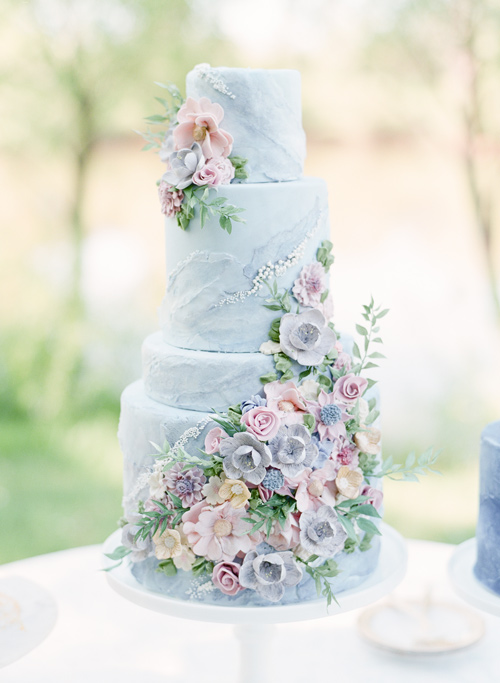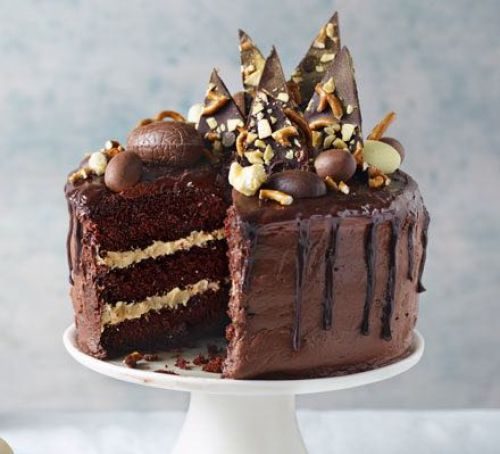Lining a Cake Pan
-
What good is a delicious cake if it remains stuck in the pan? For smooth, easy removal, prep your pans properly. When a recipe calls for buttering and flouring, place a piece of parchment or waxed paper on the bottom of a pan (trace and cut it to fit). Coat the sides and bottom with softened butter, and then dust with flour, turning the pan on its side to get full coverage and tapping out the excess. For chocolate cakes, swap in cocoa powder for flour. Cakes baked in springform or decorative Bundt pans don't need the paper; just butter and flour (use a pastry brush to get butter into the crevices). The exceptions: Angel, chiffon and sponge cakes should go into clean, untreated pans, because they need to adhere to the sides in order to rise properly. For cupcakes, decorative preformed paper or foil liners are indispensable.
Measuring
Accurate measuring is the difference between a light, moist cake and a gummy, dense one. To properly measure, you need three types of measuring tools: a clear measuring cup with a spout for wet ingredients, cups with flat rims in graduated sizes for dry ingredients and a set of measuring spoons. Most American baking recipes measure ingredients by volume, not weight. (For example, a recipe will call for 1 cup sugar rather than 8 ounces sugar.) If you become truly passionate about baking, consider investing in a scale. Weight measurements are the most accurate and are commonly used in advanced recipes and international cookbooks.
To measure liquids: Set the spouted cup on a level counter, bend at the knees so you are at eye level with the lines on the cup and pour the ingredient right up to the line indicating the amount needed. Keep in mind: Liquid measuring cups often include volume measurements in ounces — don't confuse them with weight measurements in ounces. A recipe with weight measurements requires a scale.
To measure dry ingredients: Use the spoon-and-sweep method. Spoon the flour or other dry ingredient into a measuring cup, filling it generously above the rim of the cup. Then, run the back of a knife over the edge to sweep the excess back into the container. Don't be tempted to scoop out the flour with the measuring cup. It will become compacted, giving you more flour than called for and producing a dense, dry cake. Likewise, don't tap the filled cup on the counter, because the flour will settle. If you top it off, you'll end up with too much.

